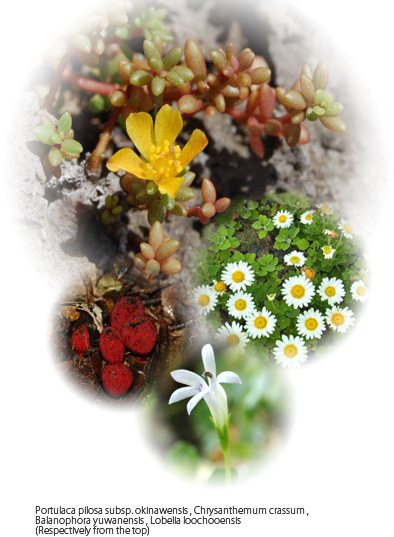
Red List, namely, a list of threatened species, has been published in each country/region. However, national borders are no means for wildlife, and we need a global concept for considering conservation of threatened plants.
A worldwide Red List has been regularly published by the International Union for Conservation of Nature and Natural Resources (IUCN). In the IUCN Red List, certain taxa, for example mammals, are well covered, but some taxa are not enough investigated. For example, in seed plants, only four percent of all species in the world has been investigated, because its species number and areas are too huge to investigate in a short time.
In October, 2010, the fourth meeting of the East Asian Botanical Garden Network (EABGN) was held at Nagoya. One of the targets of the meeting was to commence collaborative research on the threatened plants in East Asia. In the meeting, we agreed to make a combined red list of East Asian countries/regions (Plant Red List of East Asia) for conservation of threatened plants in East Asia and material useful to discuss priority studies.
As a first step of the project, we made “Plant Red List of East Asia”. The List includes information of threatened vascular plants from national or regional red lists of China, Japan, South Korea, East Russia and Taiwan.

